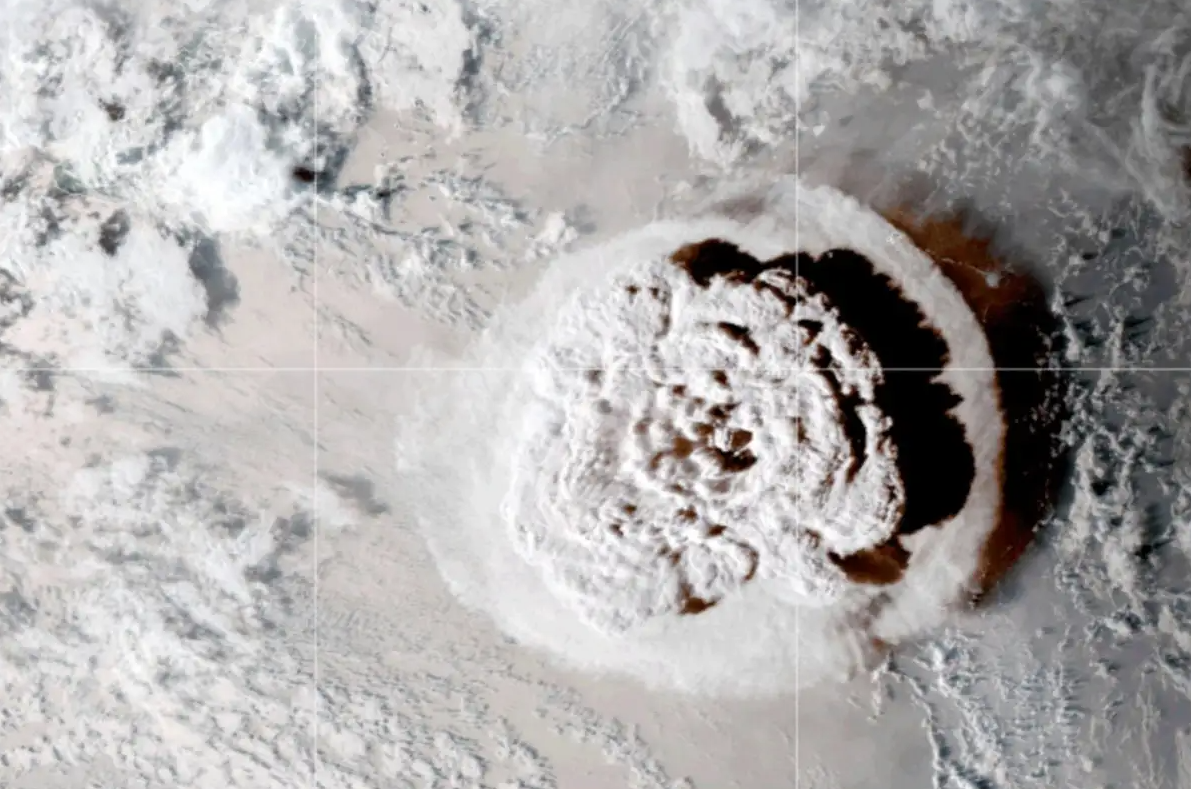
Volcanic eruption in Tonga on 15.1.2022
Scientists have determined that the most powerful volcanic eruption in recorded history occurred off the coast of Japan.
Named the Kikai-Akahoya eruption, the event ejected more than twice the volume of rock, rock and ash that had previously held the record, the 1815 eruption of Mount Tambora in Indonesia.
The Kikai-Akahoya eruption site is the location of the Kikai volcano in the ocean, where the Philippine tectonic plate slides beneath the Eurasian continental plate.
Kikai volcano has been recorded to have had three major eruptions in the past 140,000 years, with the most recent being the Kikai-Akahoya eruption, according to a report published in the journal Volcanology and Geothermal Research .
Professor Tim Druitt of the University of Clermont Auvergne (France), an expert who assessed the report, said the new research revealed the enormous scale of this eruption.
Accordingly, the Kikai-Akahoya eruption released a volume of ash and rock material at a level of 332 to 457 km3 , enough to fill 2 Lake Tahoe in the western United States.
The above estimate suggests that the Kikai-Akahoya eruption was “probably the largest volcanic event of the Holocene,” a period that began 12,000 to 11,500 years ago and continues to the present day.
Watch lava engulf homes in Iceland volcano eruption
Source link




![[Photo] President Luong Cuong attends special political-artistic television show "Golden Opportunity"](https://vphoto.vietnam.vn/thumb/1200x675/vietnam/resource/IMAGE/2025/8/22/44ca13c28fa7476796f9aa3618ff74c4)



![[Photo] Prime Minister Pham Minh Chinh chairs the conference to review the 2024-2025 school year and deploy tasks for the 2025-2026 school year.](https://vphoto.vietnam.vn/thumb/1200x675/vietnam/resource/IMAGE/2025/8/22/2ca5ed79ce6a46a1ac7706a42cefafae)
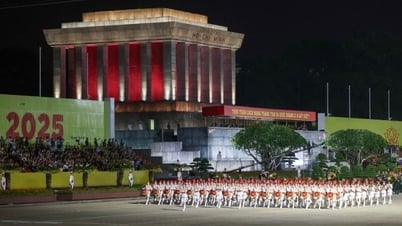










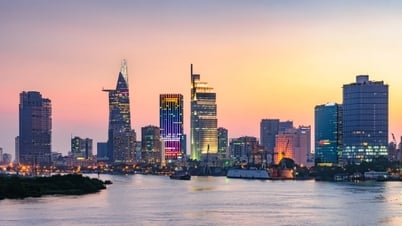


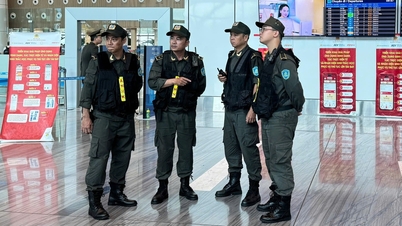































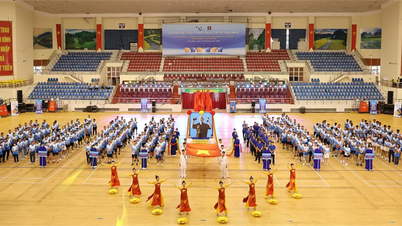

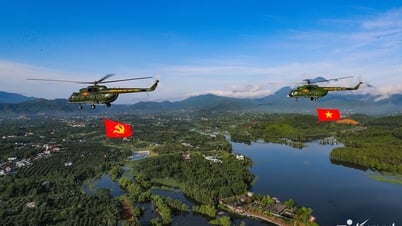


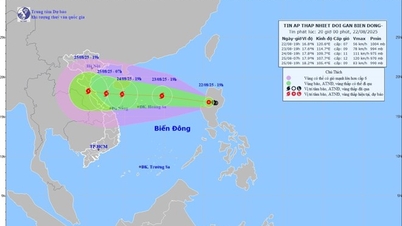

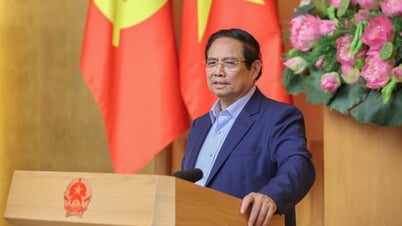


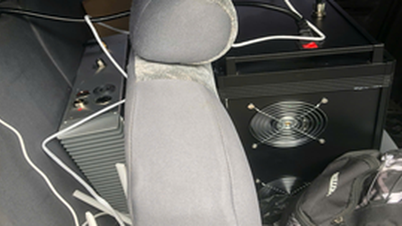













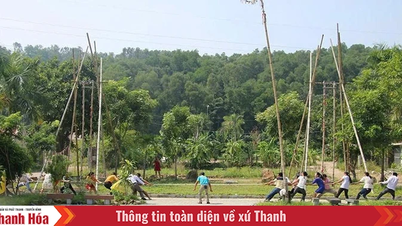











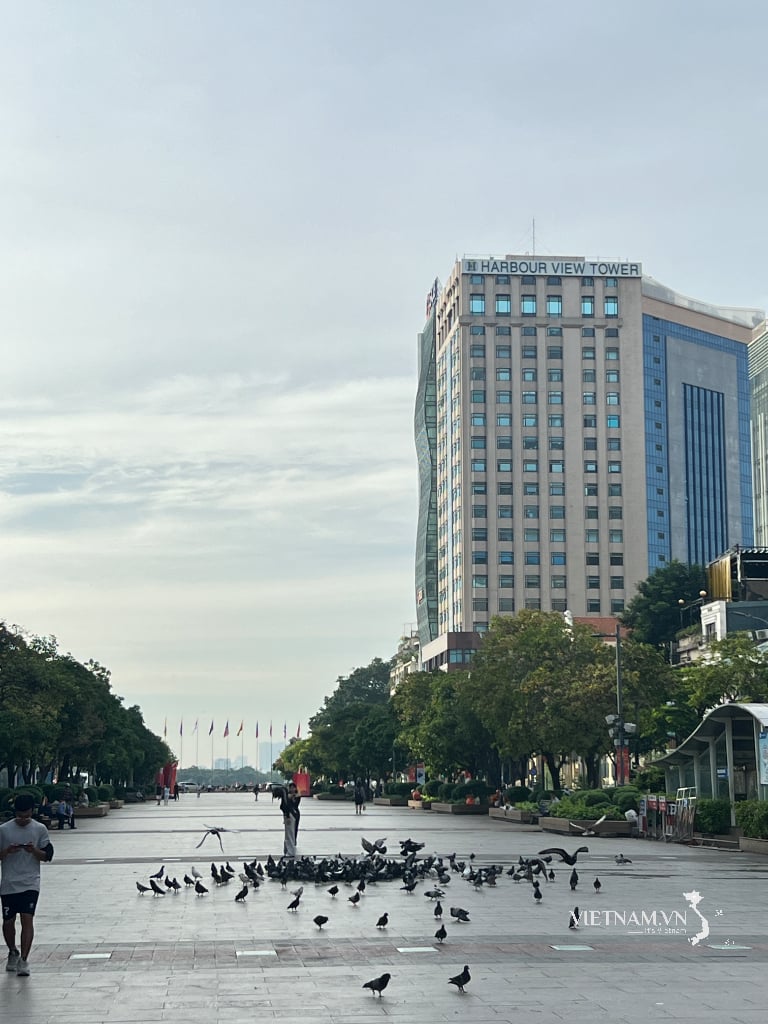

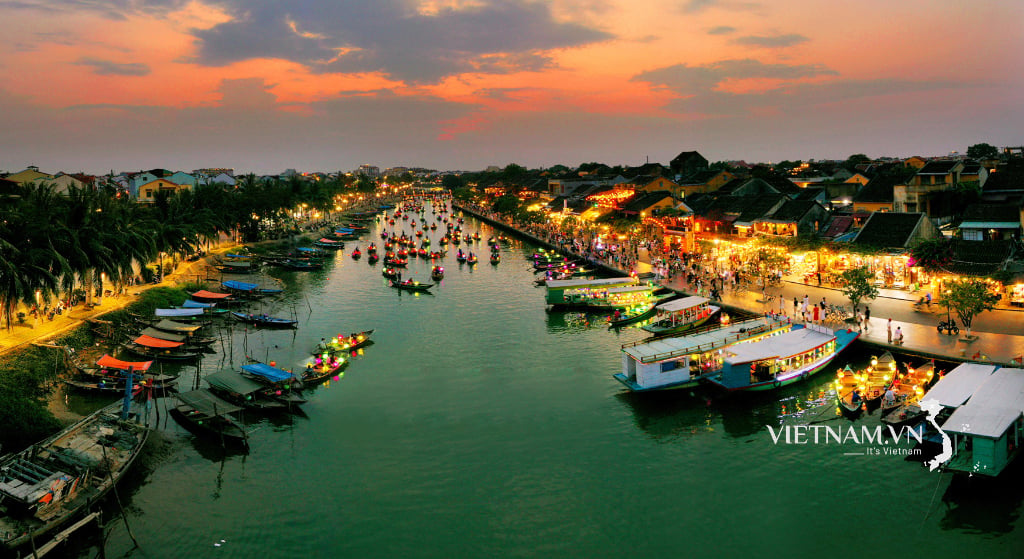

Comment (0)